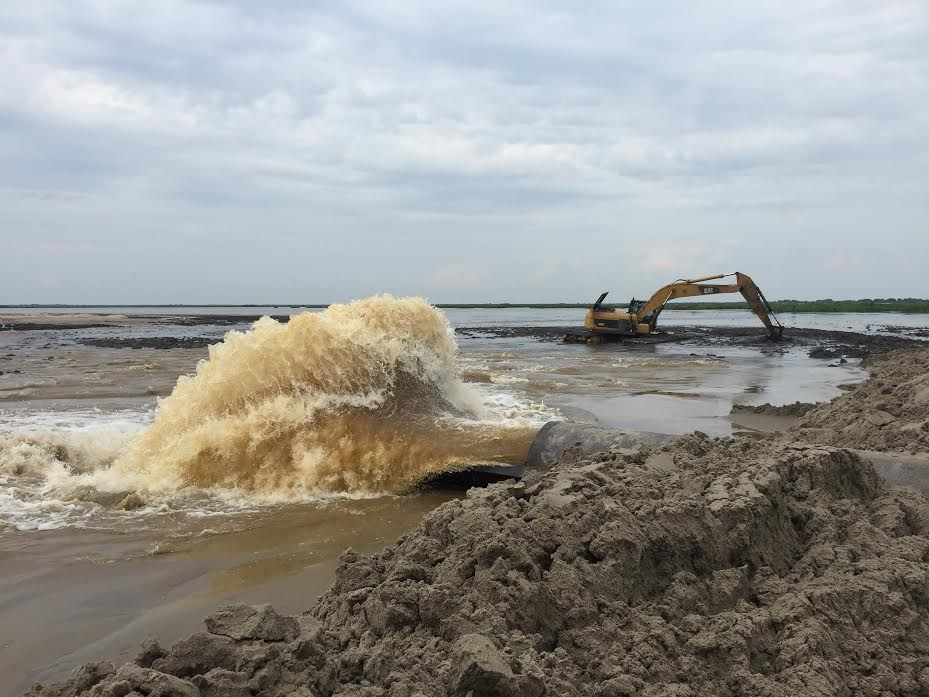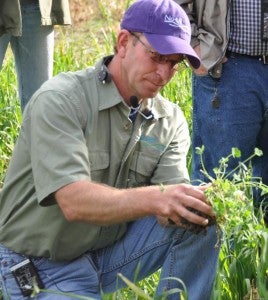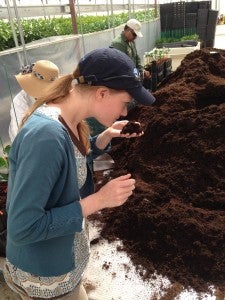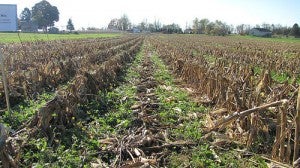White blankets of sand, bright blue water and palm trees swaying with the breeze – it’s the picturesque landscape that comes to mind when you think of Florida’s beaches. But this stunning scenery comes at a cost with the need to regularly artificially replenish eroding shorelines, a process also known as beach nourishment.
Over the last 87 years, Florida has spent at least $1.9 billion on beach nourishment, and state and local governments pay $30 to $50 million per year to maintain their coastlines. While this may mean beautiful beaches, taxpayers should question if beach nourishment alone is the best investment for Florida in the long-term.













